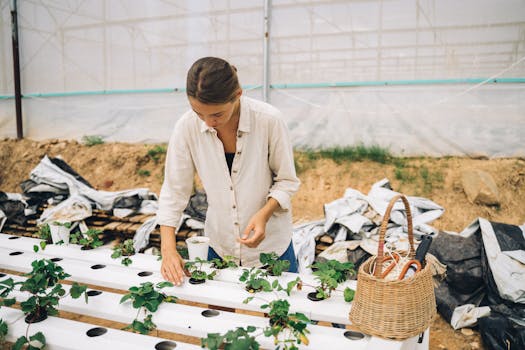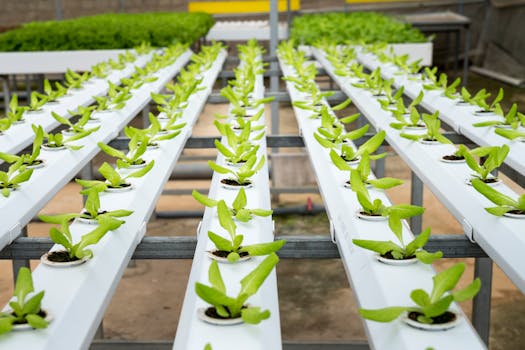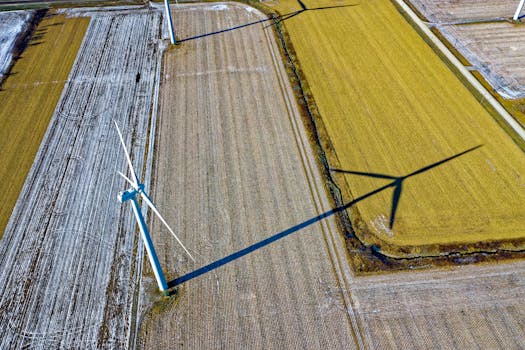
Sustainable Living: Emerging Trends for 2025
Sustainable living is becoming increasingly important as the world grapples with the challenges of climate change, pollution, and resource depletion. As we move into 2025, several emerging trends are expected to shape the sustainable living landscape. Sustainable Living is not just a buzzword, but a way of life that is essential for the future of our planet.
Section 1: Introduction to Sustainable Living

Sustainable living involves making conscious choices to reduce our impact on the environment. This can include simple changes such as using public transport, recycling, and using energy-efficient appliances. However, as technology advances, new and innovative solutions are emerging to help us live more sustainably.
One of the key trends in sustainable living is the use of renewable energy sources such as solar and wind power. As the cost of renewable energy technologies decreases, more people are turning to these sources to power their homes and businesses.
Section 2: Emerging Trends in Sustainable Living

Several emerging trends are expected to shape the sustainable living landscape in 2025. These include:
- Zero Waste Living: Zero waste living involves reducing waste to almost zero by avoiding single-use plastics, composting food waste, and recycling.
- Eco-Friendly Products: Eco-friendly products are becoming increasingly popular as consumers become more aware of the impact of their purchasing decisions on the environment.
- Green Technology: Green technology includes innovative solutions such as smart homes, energy-efficient appliances, and sustainable building materials.
- Sustainable Fashion: Sustainable fashion involves making conscious choices about the clothes we wear, including buying second-hand, swapping clothes with friends, and investing in sustainable fashion brands.
Section 3: The Benefits of Sustainable Living

Sustainable living has numerous benefits, including reducing our impact on the environment, improving our health and wellbeing, and saving money. By making conscious choices about the way we live, we can:
- Reduce our carbon footprint and contribute to a reduction in greenhouse gas emissions.
- Improve air and water quality, leading to better health outcomes.
- Save money on energy bills and reduce waste disposal costs.
Section 4: Implementing Sustainable Living Practices

Implementing sustainable living practices can seem daunting, but there are several simple steps we can take to get started. These include:
- Conducting an energy audit to identify areas where we can improve energy efficiency.
- Creating a recycling plan and composting food waste.
- Investing in eco-friendly products and sustainable fashion.
- Reducing our use of single-use plastics and avoiding microbeads.
Section 5: Conclusion

In conclusion, sustainable living is an essential aspect of creating a better future for ourselves and for generations to come. By embracing emerging trends in sustainable living, such as zero waste living, eco-friendly products, and green technology, we can reduce our impact on the environment and improve our health and wellbeing.





